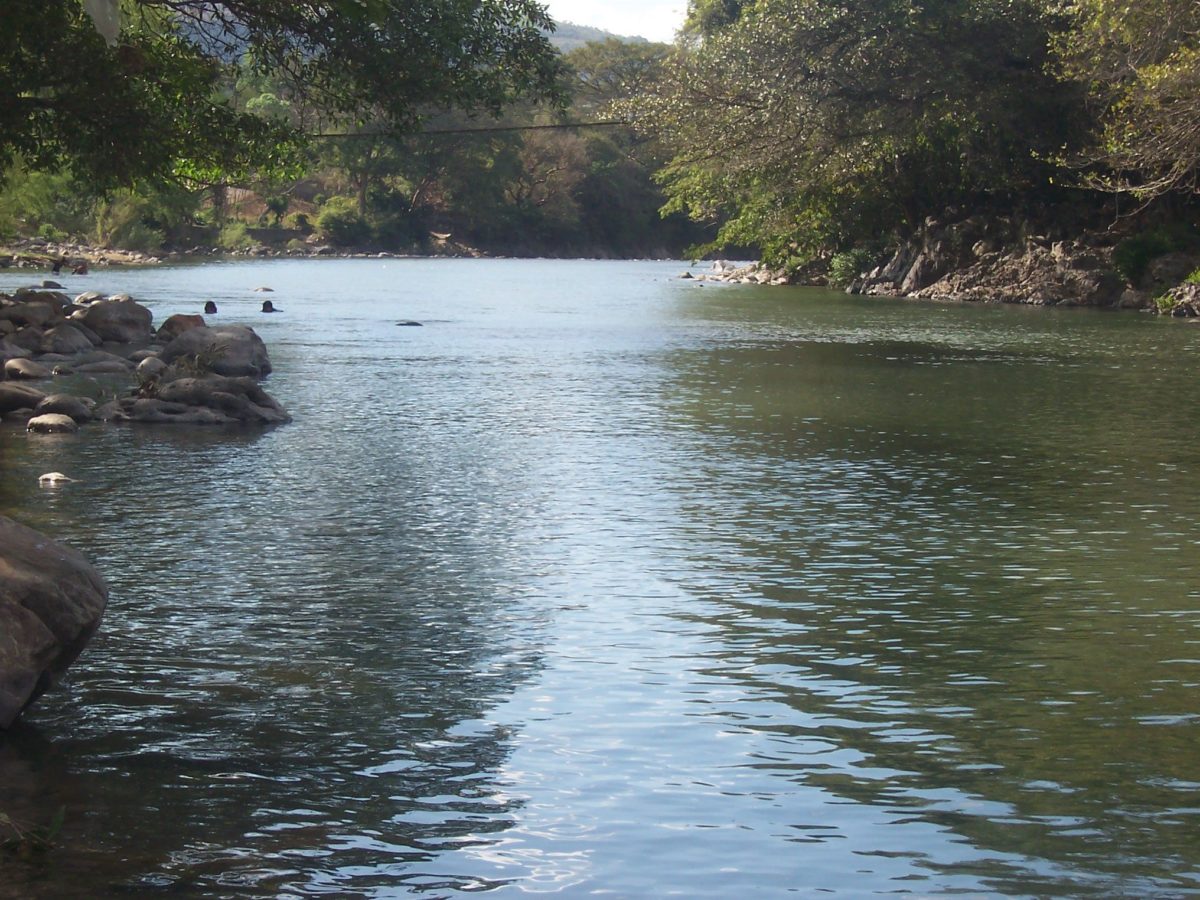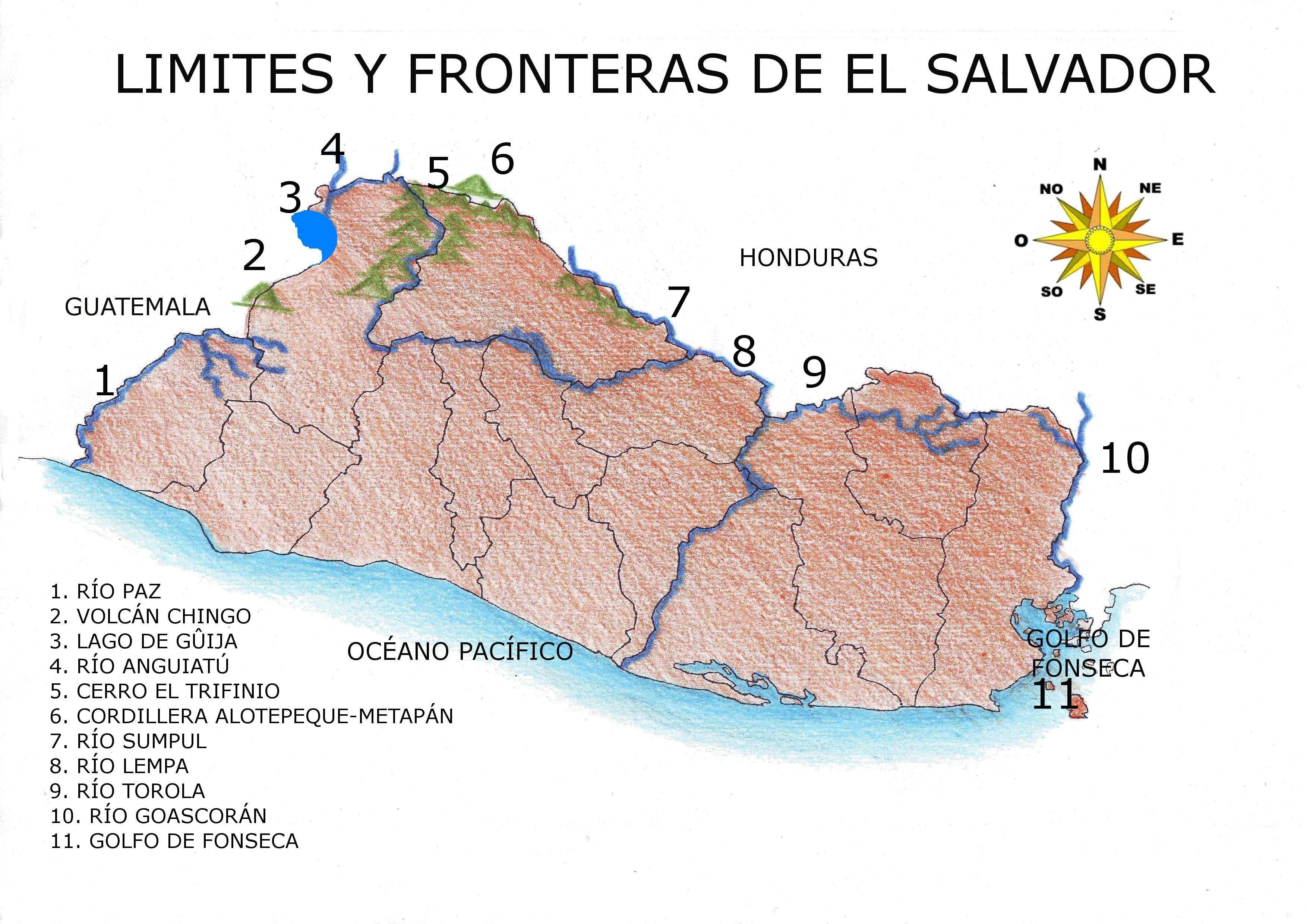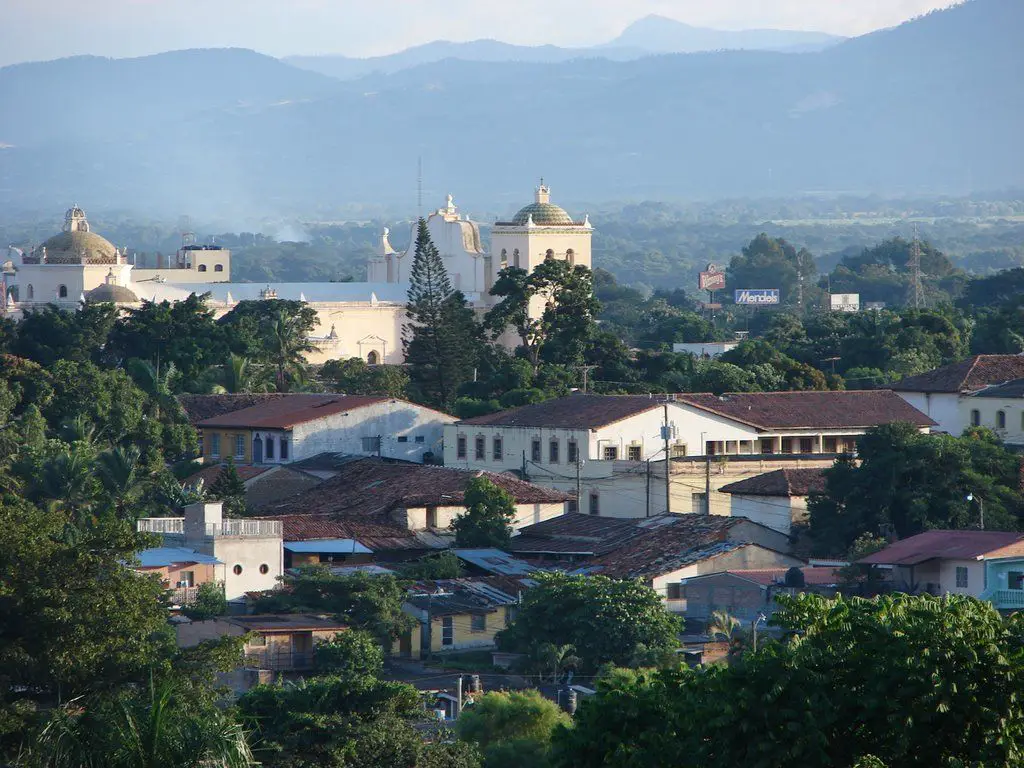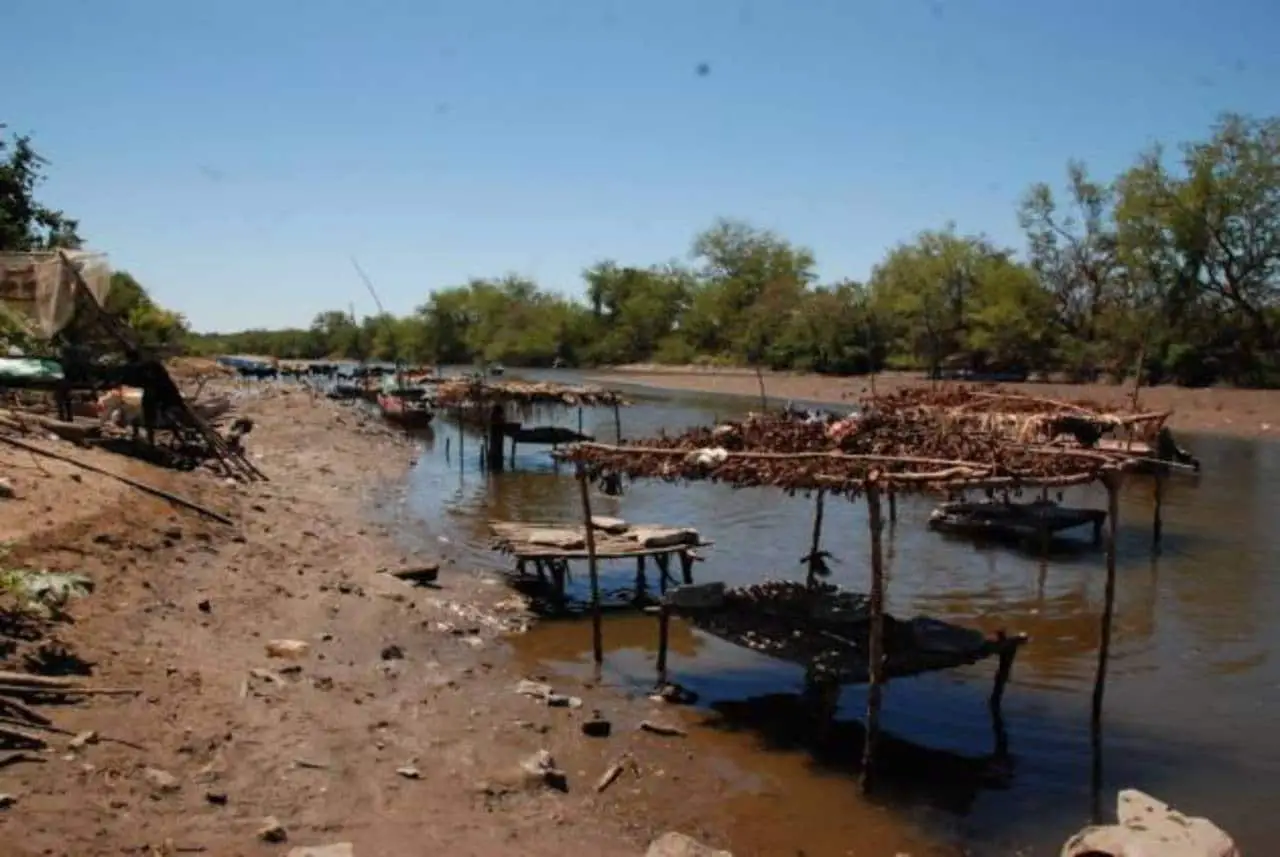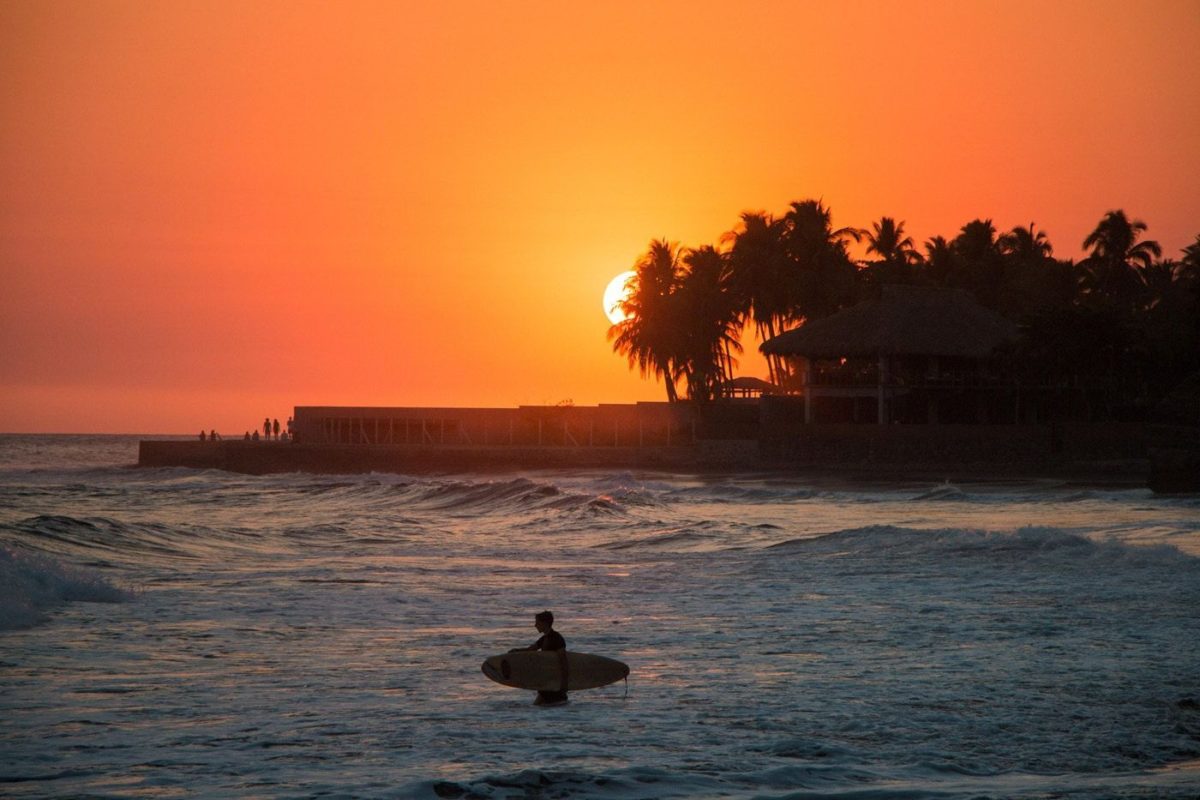It has been 25 years since the International Court of Justice ruled on the boundaries of the historic course of the Goascorán River. In 2003, a ruling declared it to be the border between Honduras and El Salvador. Still in dispute is the ownership of Isla Conejos, a very precious place for the Hondurans because it is their only access to the sea.
The Goascorán River rises in Honduras, a country in Central America, specifically in Comayagua, capital of one of the eighteen (18) departments of Honduras, located in the very fertile valley of the same name in the centre of the country, and flows to its mouth in the Gulf of Fonseca, in the Pacific Ocean, in the west of Central America. It is a non-navigable river and is 115 kilometres long.
Indice De Contenido
Basin of the Goascorán
Its basin is shared by Honduras and El Salvador as follows: of its 2,613.89 square kilometres, 61.2% belong to Honduras and the rest, 38.8%, to El Salvador. The river crosses thirteen municipalities in El Salvador and sixteen in Honduras. It is a very flood-prone basin.
Upper basin
In the Upper Basin, the silvopastoral production system is practised in agriculture, a technique that integrates trees, cattle and pastures, promoting the best use of resources and inputs to obtain better and higher quality products and sustainable use of the environment. There are also tourism activities, especially ecotourism, which also contributes to the protection of nature.
Central basin
It is well used by cattle ranchers, and rural tourism is also developing in an acceptable way, which is useful for getting to know its colonial zone, its natural landscapes and its cultural richness. Its towns include Pespire, El Corpus and Goascorán (see: Aroa River).
Lower basin
Two important towns are located here, La Unión and the port of Cutuco, on the Golfo Fonseca. Agriculture is a secondary or alternative activity. Corn, maicillo and cotton are grown, and there is also a small amount of cattle raising, and, being a coastal area, there are beaches that attract national and international visitors. Its waters are ideal for sailing, surfing and swimming.
Threats or risks
Honduras and El Salvador have had several border disputes over the use and appropriation of the Goascorán River. Their borders have been a bone of contention for many years, even going as far as the International Court of Justice to demarcate the territories of each country. One of these conflicts led to a war called the Football War or the 100 Hours War in 1969, in which 1000 people died (see: Rio Mundo).
The football war
The Organisation of American States (OAS) had to intervene to resolve this unfortunate military conflict between the two nations, and managed to put an end to it until 1992, when the International Court of Justice ruled in favour of Honduras, awarding the disputed territories to Honduras and recognising El Salvador’s sovereignty over the islands of Meanguera and Meanguerita. But not the Conejo
Pollution
The contamination of the Goascorán River by faecal matter, domestic and industrial waste, agrochemicals and explosive fishing is deplorable. The 16 communities through which this important Honduran river flows are in serious danger of running out of water, as it threatens to dry up in the not too distant future. In addition, there is a lack of interest on the part of official or government bodies in preserving the river and stopping deforestation (see: Río Bogotá).
Floods and flooding
The lack of a binational agreement between Honduras and El Salvador, with laws, statutes or any other legal means to help better and more appropriate treatment and use of the waters of this river, leads to a latent risk for a long time, given the influence of climate change and the damage caused by human activities such as deforestation, pollution, etc…
Benefits of the Goascorán River
Rivers themselves are a source of benefits and give us beauty wherever they go, but we must preserve and protect them so that they do not remain as a simple trace of something that existed and cease to provide us with so many invaluable utilities.
Water use
Most of the river’s water is used for agriculture, using drip irrigation, and to a lesser extent for livestock. Other uses include industry and thermoelectric and hydroelectric power stations. About 10% of the water is abstracted for drinking or human and domestic consumption. Irrigation has contributed to a large production of maize, bananas and sugar cane, in order of importance.
Tourism
Its tourist attractions are concentrated in the lower part of the basin, as it is on the Pacific Ocean. There is the Gulf of Fonseca and beaches such as Tunco, Cuco, Zonte, Costa del Sol, with a wide range of hotels; Las Flores in San Miguel and Punta Roca in La Libertad, for surfing lovers (see: Ebro River).

